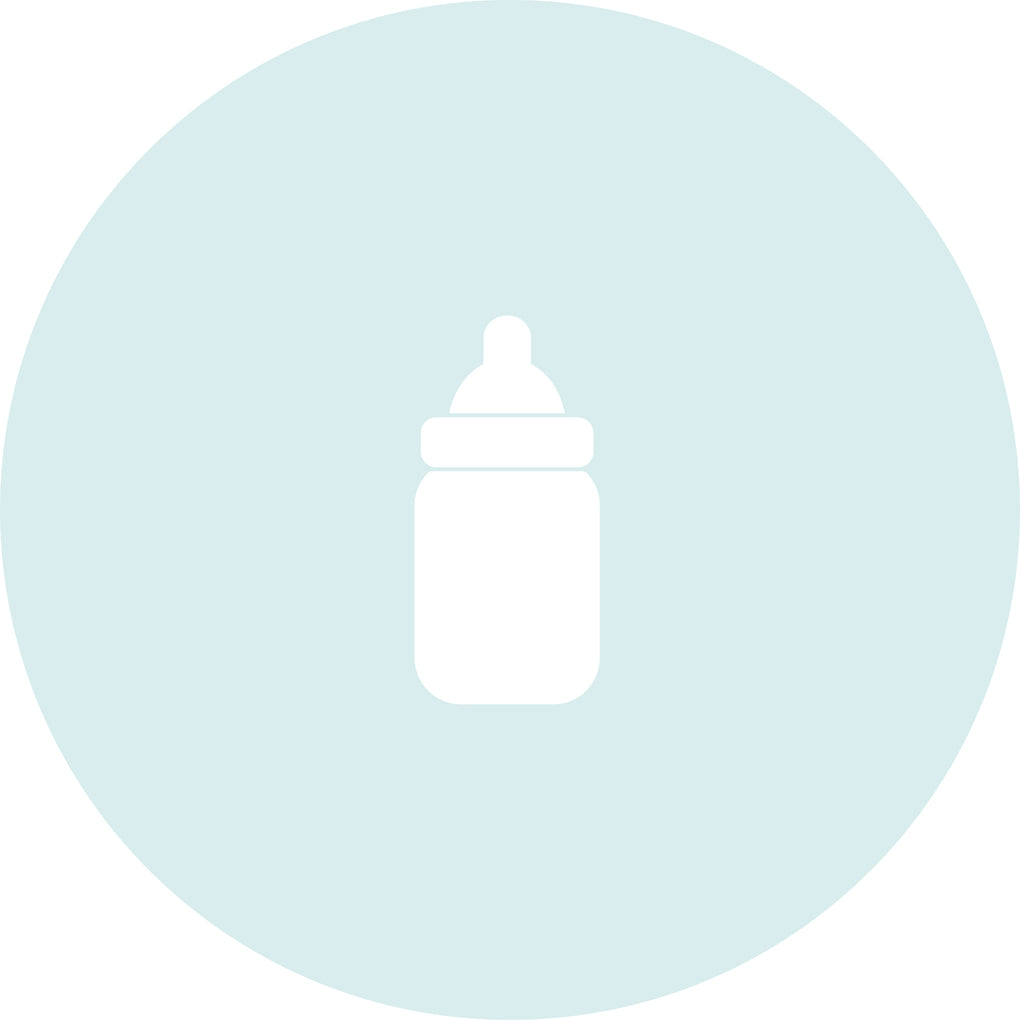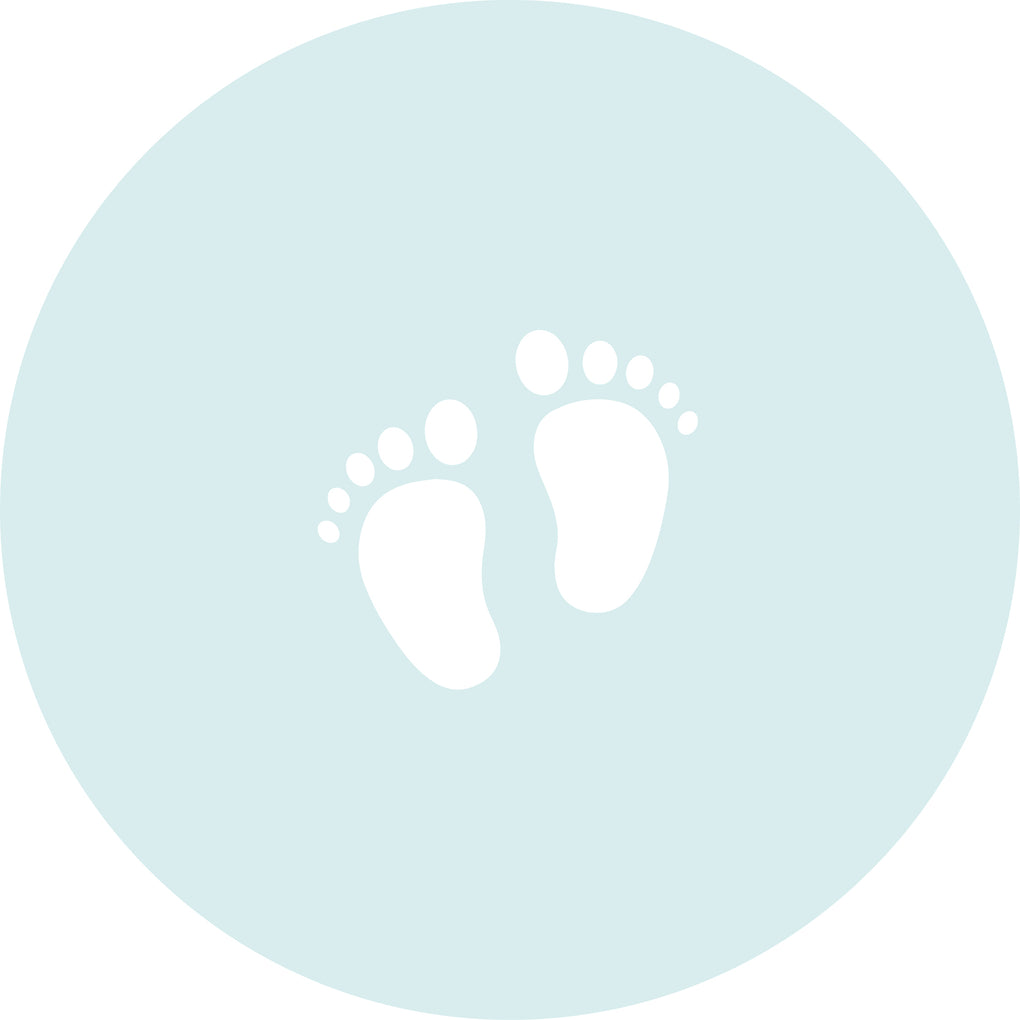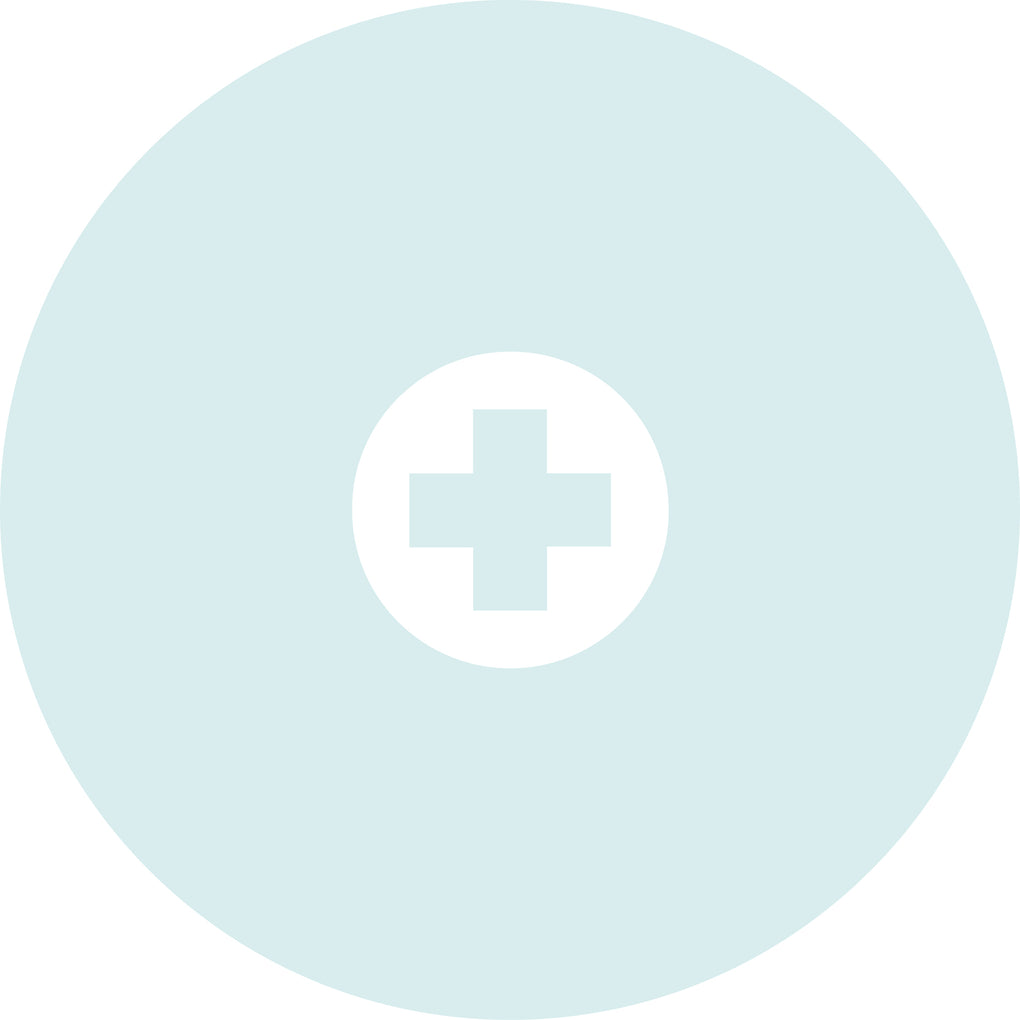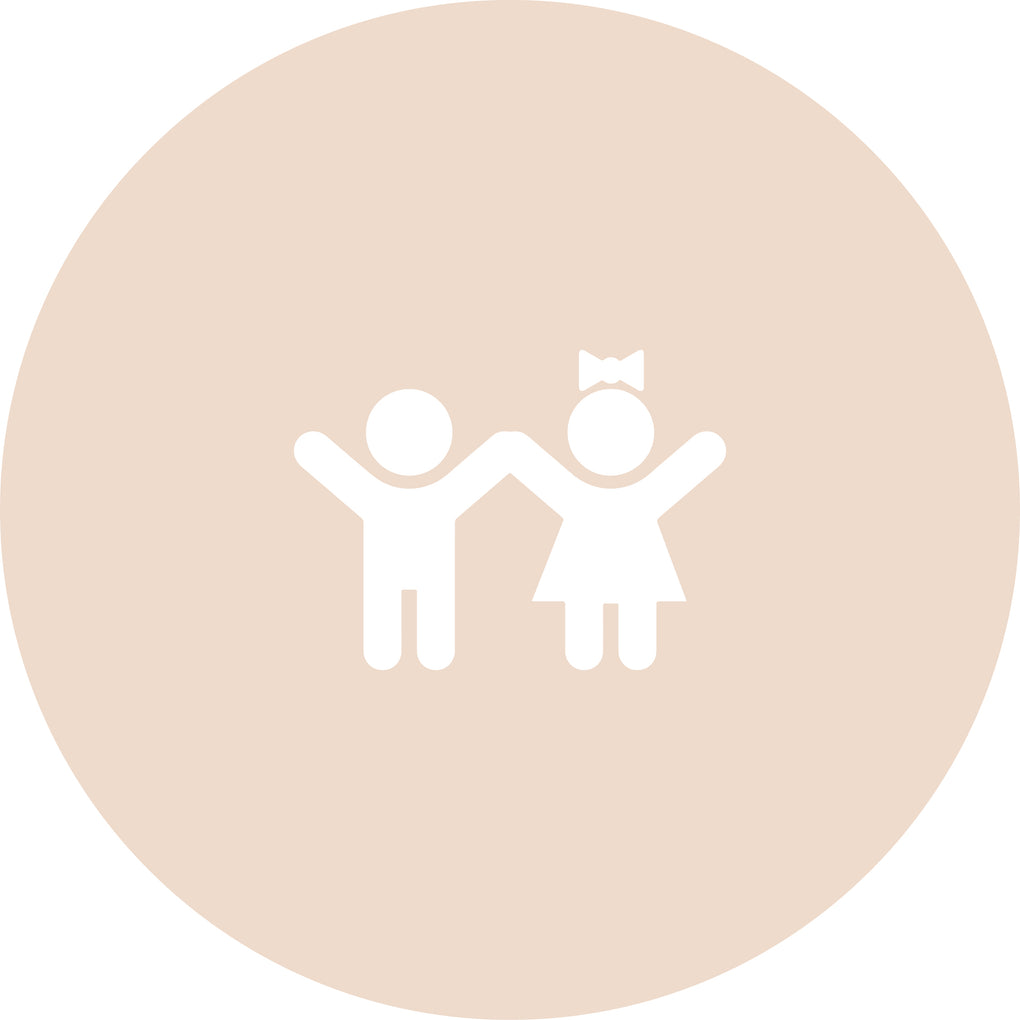This week is World Breastfeeding Week, and to celebrate, we’ll be bringing you a variety of content and breastfeeding support across our website and social media.
Navigating the world of breastfeeding can bring with it many questions and concerns, no feeding journey is the same and it’s important to remember that as long as you and your baby are happy and healthy, you’re doing a great job mumma.
In this blog, we'll help you on your breastfeeding journey by answering some of your top frequently asked questions around best breastfeeding practice, including how to stop breastfeeding and how to increase your milk supply.
How to stop breastfeeding?
If you’re looking to learn how to stop breastfeeding your baby, it’s best to work gradually, and for many breastfeeding mothers, they will stop breastfeeding naturally over time as their child grows and starts to wean onto solid foods.
Once your little one is eating solid foods, it’s important to remember that this should not replace breastfeeding. Your child will still need breastmilk or formula until they are at least one year old.
By stopping breastfeeding gradually, you avoid problems such as engorged and hard breasts and mastitis. Your baby finds comfort in breastfeeding, so by phasing it out gently you can help get them used to going without it.
It is probably easiest to start by stopping one of your regular nighttime feeds, and if your baby is younger than one, you will need to replace this with a formula feed. If your little one is older than one and is eating solid foods, they will not need a replacement.
Once you and your baby are settled into this pattern, you can then drop another feed and continue to do this gradually. This process can take anything from a couple of weeks to a couple of months, and there is no right or wrong way to do this, just focus on what feels right for you and your little one.
When to stop breastfeeding?
The World Health Organisation recommends that all babies are exclusively breastfed for six months, and then gradually introduced to soft foods while continuing to breastfeed for up to two years or longer.
There may be other reasons why you need to stop breastfeeding and move onto formula, such as:
- Painful breasts
- Going back to work
- Not enough milk supply
- Getting pregnant
- Taking medication
If you need to stop breastfeeding for one of these reasons above, start gradually and follow the advice given in answer to the above question.
If you have stopped breastfeeding but decide to give it another go, you can do this by starting to express milk by hand to stimulate your supply, or offering your breast to your baby regularly. Skin to skin contact is another natural way to promote milk supply.
Foods to avoid when breastfeeding
There are a number of foods and drinks that you should avoid while breastfeeding, because traces of what you consume can pass onto your baby through your milk. You may also find that your baby is sensitive to certain foods in which case it’s best to avoid them.
Food and drink that we recommend you avoid while breastfeeding:
- Coffee, tea and sports drinks (caffeine) - You should cut out caffeine while you breastfeed because it is a stimulant and may make them restless. If you can’t live without your morning cold brew, try a decaffeinated version instead. Unfortunately, chocolate also contains low levels of caffeine, so it’s best to avoid it where you can – or eat it in small quantities.
- Alcohol – An occasional glass of wine or pint is unlikely to harm your baby, but in general it is safer not to drink alcohol while you’re breastfeeding. If possible, you should leave around three hours between drinking alcohol and breastfeeding, so it has time to leave your supply. You could also try and express your milk before you start drinking so you can bottle-feed instead.
- Fish – It’s a good idea to include two portions of fish in your diet per week as they contain many healthy nutrients and vitamins, but limit intake of swordfish, marlin or shark (this shouldn’t be too difficult) because they contain high traces of mercury. You shouldn’t eat more than two portions of oily fish per week like salmon, fresh tuna, mackerel, herring, sardines or pilchards.
- Peppermint, sage and parsley – These specific herbs can have an effect on your milk supply and cause it to decrease. It’s best to avoid them while you are breastfeeding, especially if your little one isn’t getting enough milk.
- Cows’ milk – An allergy to cows’ milk (CMA) is one of the most common childhood food allergies, and is more common when infant formula is first introduced to their diet or when they start the weaning process. Some babies are lactose intolerant, but this may only be temporary.
- Garlic – Breastmilk will often taste like the food you are eating, and many babies don’t enjoy the strong taste of garlic, so lay off the garlic bread before a feed.

Can you drink when you’re breastfeeding?
Drinking an occasional glass of alcohol when you’re breastfeeding isn’t the end of the world, but it is best to avoid it where you can or keep your intake minimal. If possible, leave around three hours after drinking before you breastfeed your baby or express your milk before you start drinking so you can bottle feed if necessary.
What are the best breast feeding positions?
There are four popular breastfeeding positions that we recommend you try, that are the best for comfort and ease for both you and your baby.
Cradle hold
The cradle hold is the most popular breastfeeding position, though it may be more uncomfortable if you’ve had a C-section as your baby will lay across your tummy. If this is the case, it may be best to try one of the other suggested positions.
For this hold, make sure you are sitting in a comfy armchair or on a bed supported by cushions. Then lay your baby across your lap facing you and place their head on your forearm. Your arm can then support their body. Make sure that your little one’s ear, shoulder and hip are in a straight line so they are comfortable. You could also try putting your feet up and resting them which will help to support your back.
Lying on your side
This is a good position if you have had a C-section or are feeding at night.
All you need to do is get into a comfortable position on your side and lay your baby facing you belly to belly. Your baby should be aligned in a straight line. You can also put cushions behind you to make sure you are supported. You must also make sure that there are no pillows or blankets near your baby’s head or face.
Rugby hold
This hold is also a good option for mothers who have had difficult births, as there is no pressure on your tummy. This hold also works for twins as you can feed two babies at the same time.
Sit comfortably in a chair with a cushion along your side, and then position your baby at your side under your arm, their nose should be level with your nipple.
Make sure to support little ones’ neck with your hand.
Laying back
This position is also referred to as biological nursing.
Lay back in a semi reclined position on a sofa or bed, make sure you aren’t laying completely flat by propping yourself up with cushions, this will also help to support your back and neck.
You can then place your baby on top of you, tummy to tummy, or lay them slightly to one side. It’s important you are able to look into your little one’s eyes so you can connect with them.
How to increase my breast milk supply?
There are a few effective ways that you can increase your breast milk supply if you feel like your little one isn’t getting enough milk.
You could start to express your breast milk or pumping in addition to breastfeeding to help stimulate your supply and make sure you always have milk stored if your little one needs more.
You could also try offering both breasts when feeding and have plenty of skin-to-skin contact outside of feeding time.
If you’re looking for more tips and advice on how to increase your breast milk supply, you can check out this blog written by lactation consultant, Stacey Zimmels, from Elvie.
When should you start breast pumping?
Pumping can be a great way to increase your milk supply, if you find you are having trouble producing enough milk to keep your baby full, regular pumping will help keep your supply up. If you are looking to feed your baby through pumping, you should pump every 2-3 hours, or as often as your baby would naturally nurse.
Most mums find that pumping every few hours maintains milk supply while preventing discomfort. Not sure of the right breast pump for you? Take a look at our blog to help: https://www.naturalbabyshower.co.uk/blogs/b4baby/a-comparison-of-our-top-wearable-breast-pumps
How do you store breast milk?
The Centers for Disease Control and Prevention recommends storing your breast milk at room temperature for up to four hours, in the fridge for up to four days and in the freezer for around six months. We have a great range of milk storage bags and organisers to choose from to help you with your pumping journey.
If you are struggling with breastfeeding or have any other questions, you can talk to your midwife or a lactation consultant or come and visit us in store and talk to our nursery specialists.























